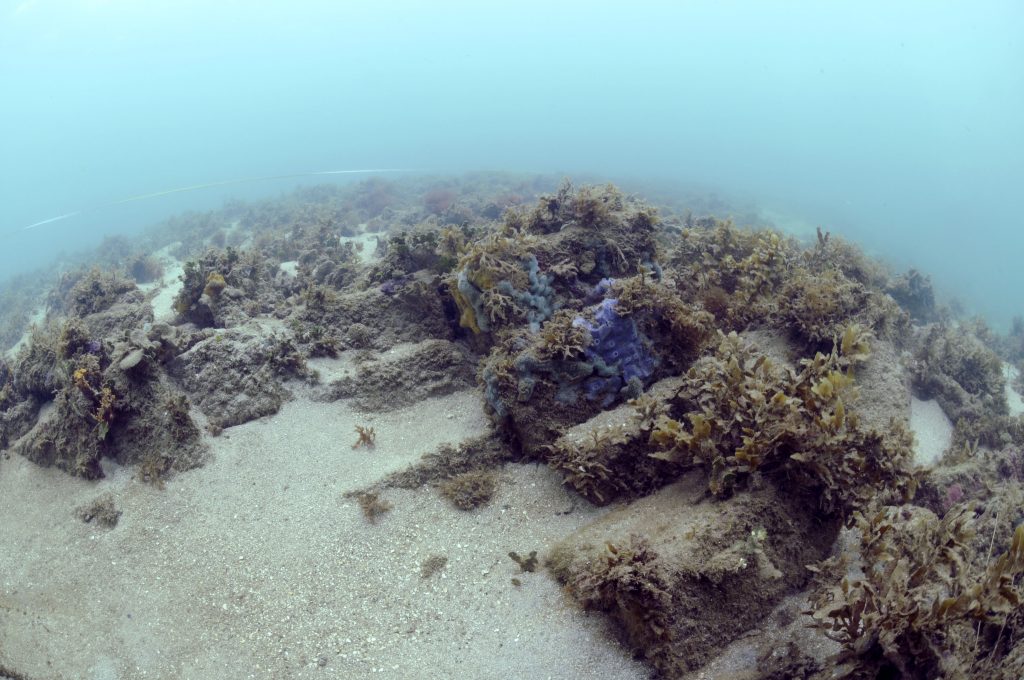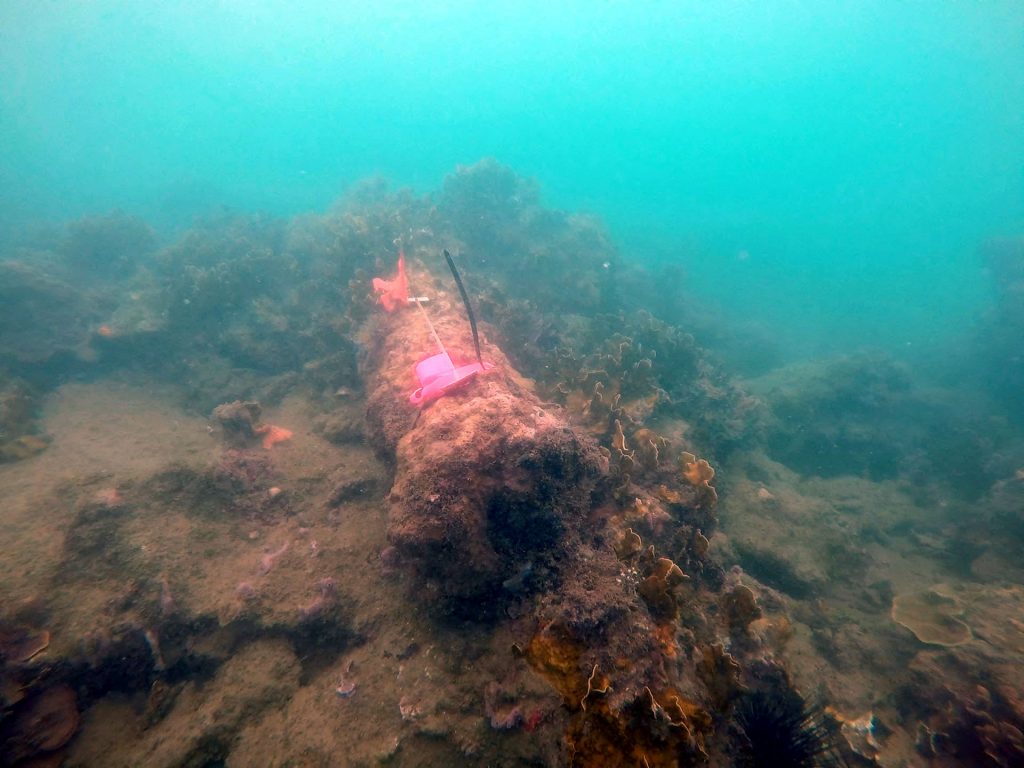

Costa Rica or “rich coast” and officially the Republic of Costa Rica is a country in Central America, bordered by Nicaragua to the north, Panama to the southeast, the Pacific Ocean to the west, the Caribbean Sea to the east, and Ecuador to the south of Cocos Island. It has a population of around 4.5 million, of whom nearly a quarter live in the metropolitan area of the capital and largest city, San José. Costa Rica was sparsely inhabited by indigenous people before coming under Spanish rule in the 16th century. It remained a peripheral colony of the empire until independence as part of the short-lived First Mexican Empire, followed by membership in the United Provinces of Central America, from which it formally declared sovereignty in 1847. Since then, Costa Rica has remained among the most stable, prosperous, and progressive nations in Latin America. Following a brief but bloody civil war, it permanently abolished its army in 1949, becoming the first of only a few sovereign nations without a standing army.
Costa Rica has consistently performed favorably in the Human Development Index placing 62nd in the world as of 2012, among the highest of any Latin American nation. It has also been cited by the United Nations Development Programme (UNDP) as having attained much higher human development than other countries at the same income levels, with a better record on human development and inequality than the median of the region. It’s rapidly developing economy, once heavily dependent on agriculture, has diversified to include sectors such as finance, pharmaceuticals, and ecotourism
Cahuita, in the South Caribbean is surrounded by dense tropical forest, shores of the turquoise sea, the black and white sand beaches and coral reef. Negra Beach (Playa Negra) beach, aptly named after its black-sand, offers a pleasant atmosphere and good swimming. East of town is a white-sand beach within Cahuita National Park. Both are host to offshore activity including snorkeling and scuba diving. The coral reef between the two beaches, one of Costa Rica’s finest, is home to and abundance of marine life.
The Afro-Caribbean culture is prominent; an African legacy reflected in the architecture, gastronomy, music, and in the people, whose roots come from turtle fishers that settled here three hundred years ago. Nowadays, Cahuita is a multicultural town, with settlers from all around the world. Cahuita was named by the Miskito Indians, who were turtle fishermen. Cahuita in their language means “place were the sangrillos grow”. The sangrillo is a tree species with yellow flowers which is very common in this area.The town is home to approximately 4,000 or so residents, mainly of Jamaican descent. Mass importation of cheap labor at the turn of the century was exploited to bring in workers for the area’s booming banana plantations.

